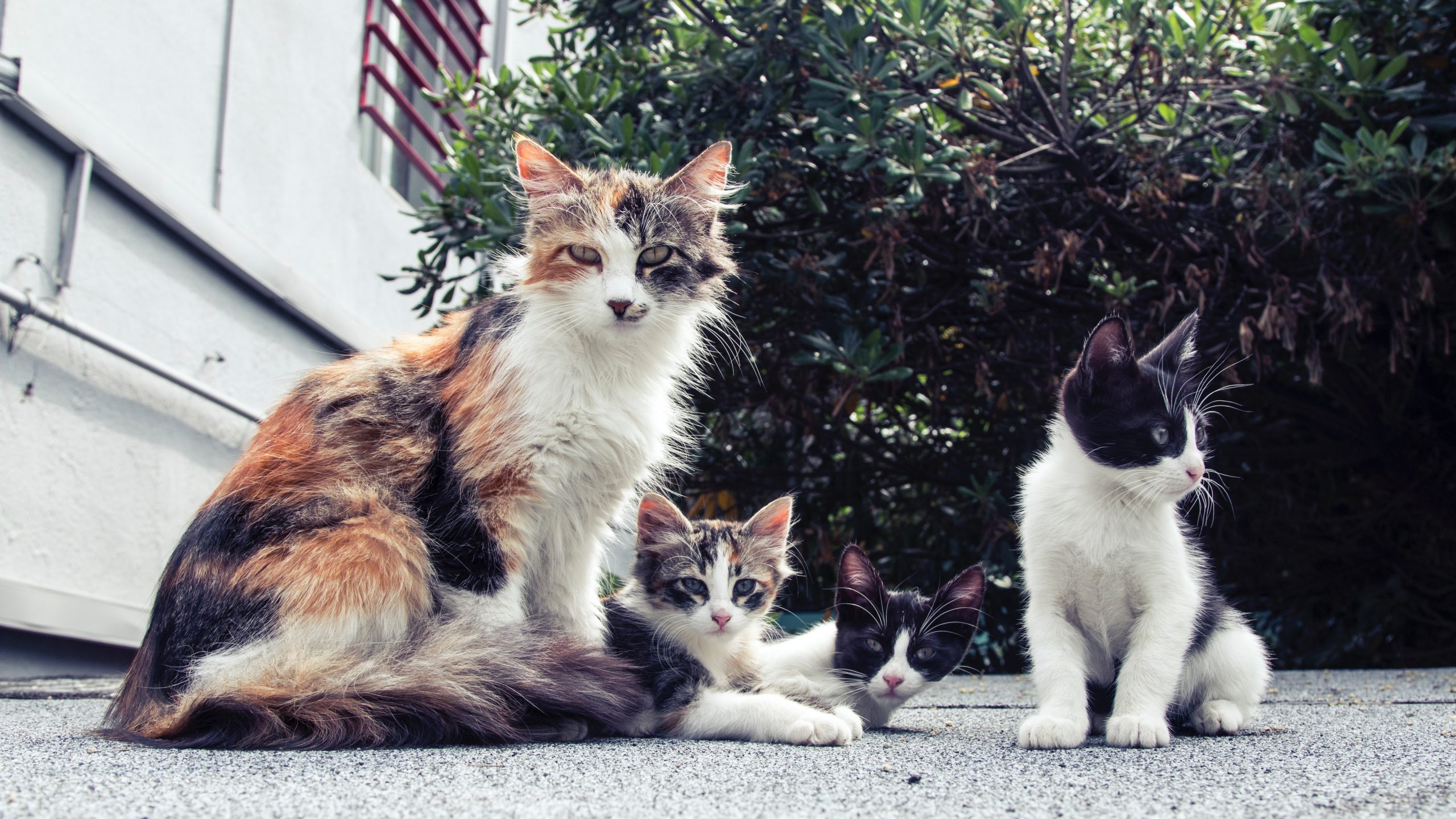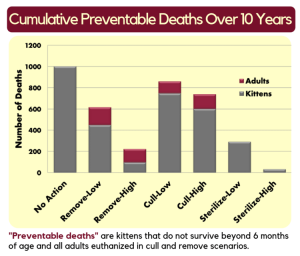News, ideas & inspiration from industry leaders

Research Report: Outdoor Cat Management Options
For this week’s Innovation Bank, we’re taking a look at recommendations for outdoor cat management. Which programs or practices are most effective at saving lives? Biologist John D. Boone, PhD, of the Alliance for Contraception in Cats & Dogs (ACC&D), discusses the research behind the recommendations in Optimizing Outdoor Cat Management to Minimize Preventable Deaths. Listen to the 30-minute webinar and read on for high-level insights.
The research
ACC&D used sophisticated software to model population dynamics of free-roaming cats over time. They combined field research data with these modeling outputs to develop the most comprehensive feline population model available to date. Here are the resulting studies:
- 2014: Simulating Free-Roaming Cat Population Management Options in Open Demographic Environments
- 2019: A Long-Term Lens: Cumulative Impacts of Free-Roaming Cat Management Strategy and Intensity on Preventable Cat Mortalities
One big takeaway
So, about that cat overpopulation pyramid… You know, the one that shows the number of cats produced by an unspayed female cat, her mate, and their offspring over time? Could it really be almost 12 million cats in 9 years?
“The concept that’s being related is correct—two cats can produce hundreds of thousands of offspring in a very short period of time,” says Dr. Boone, “but in the real world this exponential growth doesn’t go on forever. Over time, the population reaches what is known as carrying capacity and levels off.” Listen to the webinar for the complete explanation.
Some findings & recommendations
The researchers plugged in a variety of scenarios to the simulation model to see what would be most effective at preventing deaths over time. These scenarios included removal of cats, sterilization, and taking no action.
The simulation model demonstrated that high-intensity sterilization (sterilizing 75% of a population) was the most effective population management method. Additionally, shares Dr. Boone, “If we’re sterilizing, if we’re engaging in a TNR program, anything we can do to reduce the movement of new cats into a population will have a large impact.” That could mean, for example, giving cat owners alternatives to abandoning their animals, or preventing folks, through encouragement, from letting their intact pets roam outside.
Check out the webinar for a complete breakdown of terms and findings. But the bottom line? “The relevance for TNR practitioners,” says Dr. Boone, “is that it’s critically important to focus our sterilization efforts in clearly defined areas at high intensity”—and maintain that rate.





